In golf, fade and draw are terms used to describe the shape of a shot. Most amateurs don’t understand the difference between the two shots, which can lead to problems on the course. In this guide, we will answer some common questions about fade and draw in golf, and explain how you can use them to improve your game.
Table of Contents
Fade in Golf
A fade is a golf shot that starts out to the right of the target before curving back to the left and finishing on target. A fade is typically used when there is trouble on the left side of the hole, or when you need to keep the ball below tree branches. Many amateurs slice the ball, which is a type of fade, but with less control. If you want to hit a fade, you should aim for the right side of the fairway and use a club with less loft, such as a driver or three-wood.
Power fades are hit with more speed and have a more dramatic curve. Controlled fades are hit with less speed and have a gentle curve. If you are just starting out, it is best to practice hitting controlled fades. Once you have mastered this shot, you can experiment with power fades.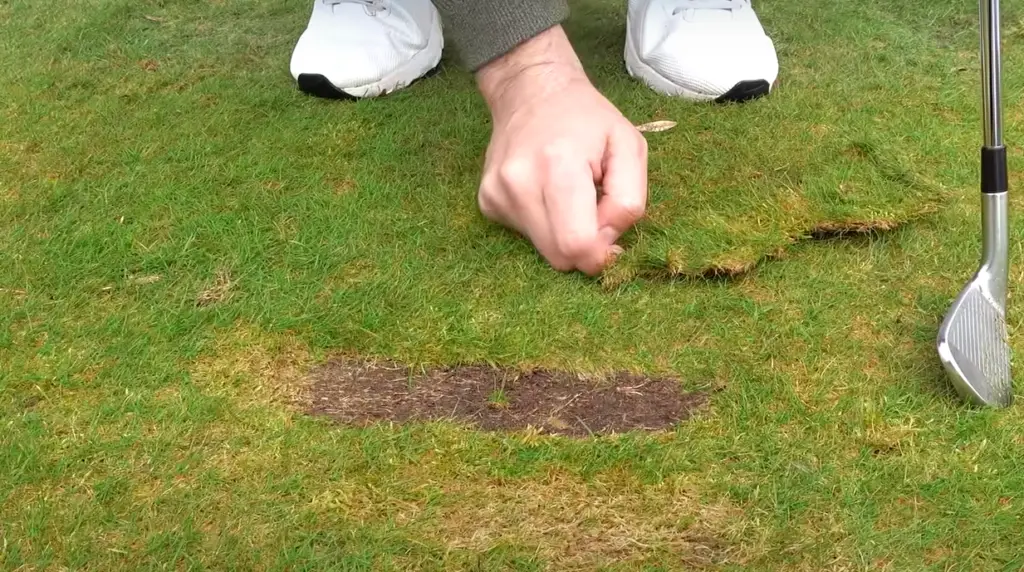
There are many benefits to fade golf shots. First, they are more forgiving than draws. If you miss the sweet spot on a draw shot, the ball will likely go into the rough or water. With a fade, even if you don’t hit the sweet spot, the ball will still stay in play. Second, fades are great for tee shots because they reduce the risk of going into the woods or water on the left side of the hole. Finally, fades can be used to control your distance and trajectory. By fading the ball, you can keep it low and under the wind.
If you want to hit a fade, there are a few things you need to do. First, grip the club in your fingers, not your palm. This will give you more control over the clubface. Second, take a stance that is slightly open to your target. This will help ensure that you make contact with the ball on the downswing. Finally, focus on swinging along your body’s natural plane. This will help you hit the ball with a descending blow, which is necessary for fading.
There are many different ways to practice hitting fades. One of the best ways is to set up some targets at different distances and practice hitting shots to each one. Another great way to practice is by using a golf simulator. This will allow you to practice your fade without having to go to the driving range.
If you are struggling with your fade, there are a few things you can do to improve it. First, make sure that you are using the proper grip and stance. Second, focus on swinging along your body’s natural plane. Finally, try different drills and exercises until you find one that works for you.
One of the best ways to improve your fade is to practice with a golf simulator. This will allow you to get instant feedback on your shots and make adjustments as needed. There are many different types of golf simulators on the market, so be sure to do your research before purchasing one. [1]
Draw in Golf
In golf, a draw is a type of shot where the ball curves from right to left in the air. It’s the opposite of a fade, which curves from left to right. A lot of amateurs have trouble with their draws because they don’t understand how to properly execute them. But once you learn the basics, it’s not that difficult.
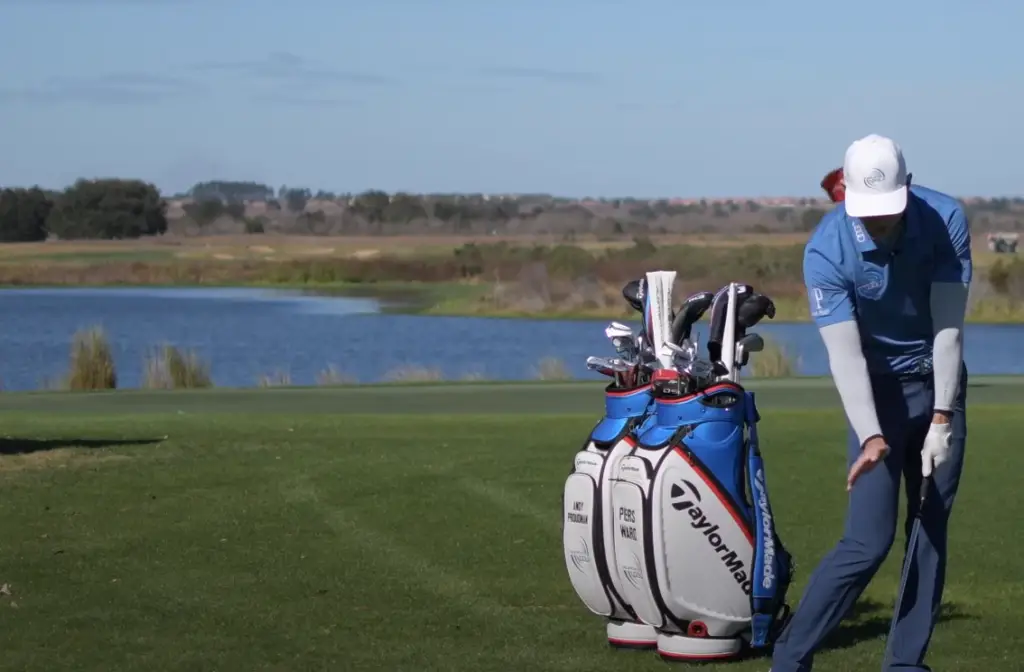
There are two main ways to hit a draw: by using an inside-out swing or by using an open stance. An inside-out swing is when you start the downswing from the inside and then come out to the ball. This will cause the ball to spin from right to left in the air. An open stance is when your feet are pointing more towards the target than they are the ball. This will also cause the ball to spin from right to left in the air.
A lot of amateurs tend to slice the ball because they’re afraid of hitting a draw. But if you can master the proper technique, you’ll be able to hit draws with ease.There are a few things you can do to practice your draw shot. First, try hitting some balls with an open stance. This will help you get used to the feeling of an inside-out swing. Once you’re comfortable with that, try hitting some balls with a square clubface. This will help you get the feeling of hitting a draw.
Once you’ve mastered the proper technique, you’ll be able to hit draws with ease. So don’t be afraid to give it a try! You might be surprised at how well you can do. [2]
How To Hit A Fade
There are a few things you can do to ensure you hit a fade:
First, adjust your grip. Instead of holding the club in your fingers, place it more in the palm of your hand. This will help prevent you from slicing the ball.
Second, focus on swinging along the line of your shoulders. Again, this will help prevent you from slicing the ball.
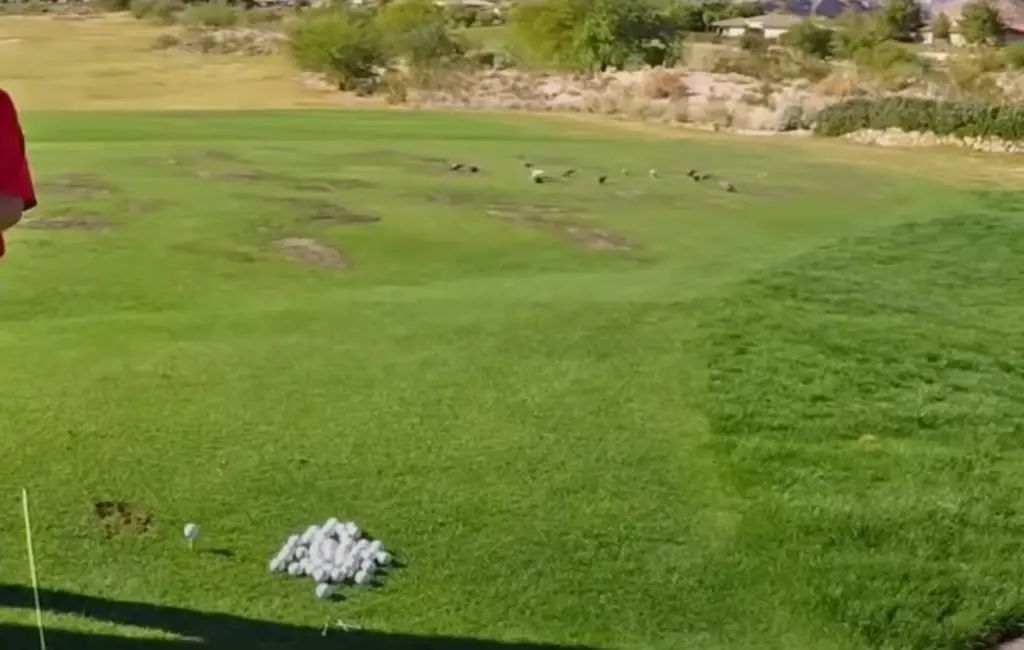
Third, make sure to keep your head down and eyes focused on the ball throughout the entire swing. Lifting your head up too early is one of the main causes of a slice.
Fourth, finish your swing with a follow-through that is lower than your backswing. This will help ensure that you hit the ball with an outward spin, causing it to fade.
Finally, practice, practice, practice! The more you can get out on the driving range and work on your fade, the better you’ll become at hitting it consistently.
If you follow these simple tips, you’ll be hitting a fade in no time! [3]
How To Hit A Draw
There are a few different ways that you can hit a draw in golf.
This is where you position your hands on the club so that your palms are facing each other, and then you turn your wrists over so that the back of your left hand is facing the target. This grip will promote a fade ball flight.Another way to hit a draw is by using what’s called an “overlapping grip.” This is where you position your hands on the club so that the pinky finger on your right hand overlaps with the index finger on your left hand. This grip will also promote a fade ball flight.
The last way to hit a draw is by using what’s called a “baseball grip.” This is where you position your hands on the club so that the index finger on your left hand overlaps with the middle finger on your right hand. This grip will promote a draw ball flight.
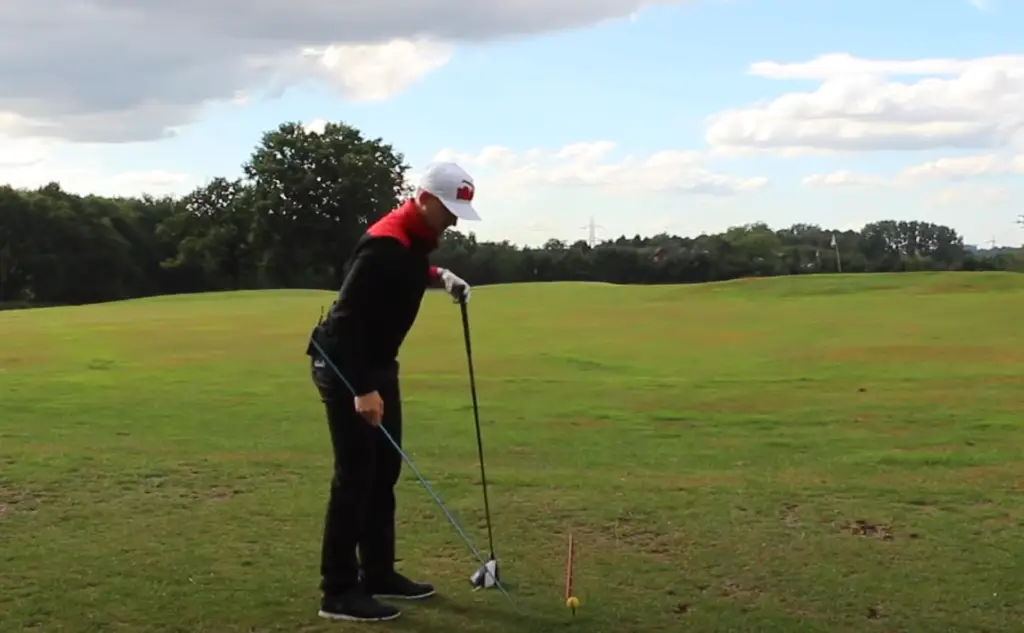
To hit a draw, you want to make sure that you set up in a square stance and that your weight is evenly distributed between your feet. You also want to make sure that the ball is positioned slightly forward of center in your stance, and you want to make sure that your shoulders are square to the target line. When you take your swing, you want to make sure that you swing the club on an inside-to-outside path. This will ensure that the ball starts left of target and then curves back towards the target.[4]
FAQ
Should I draw or fade the golf ball?
This is a question that many golfers ask themselves, especially when they are first starting out. The answer, unfortunately, is not as simple as one or the other. It depends on a variety of factors, such as your natural swing, the club you’re using, and the conditions of the course. In this guide, we will break down everything you need to know about fades and draws so that you can make an informed decision next time you tee off.
Do most pro golfers fade or draw?
The answer to this question is complicated. While there are certainly more professional golfers who fade the ball than those who hit a draw, it’s important to remember that everyone’s swing is different. There are many factors that can affect whether a player fades or draws the ball, including grip, clubface angle at impact, and how they release the club. That being said, most pro golfers do tend to fade the ball slightly.
One of the main reasons for this is that a fade puts less spin on the ball, which gives it a straighter flight and more predictable landing pattern. Draws tend to have more side-spin, which can make them more difficult to control. However, many Tour players are able to hit a draw effectively because they have the skill and experience to manage the extra spin.
So, while most pros do tend to fade the ball, there are definitely some players who hit a mean draw. It really just depends on each individual’s swing and what works best for them.
If you’re not sure whether you should be trying to hit a fade or a draw, the best thing to do is experiment with both shots and see which one feels more natural for you. There’s no right or wrong answer – it’s all about finding what works best for your game.
Is a draw or a fade better for distance?
The answer to this question is: it depends. A draw will typically fly a little further than a fade, but not always. It really depends on your individual swing and how you hit the ball. If you want to maximize your distance, experiment with both types of shots and see which one works better for you.
There are some golfers who can hit a fade just as far as they can hit a draw. It all comes down to personal preference and what type of shot you feel most comfortable hitting.
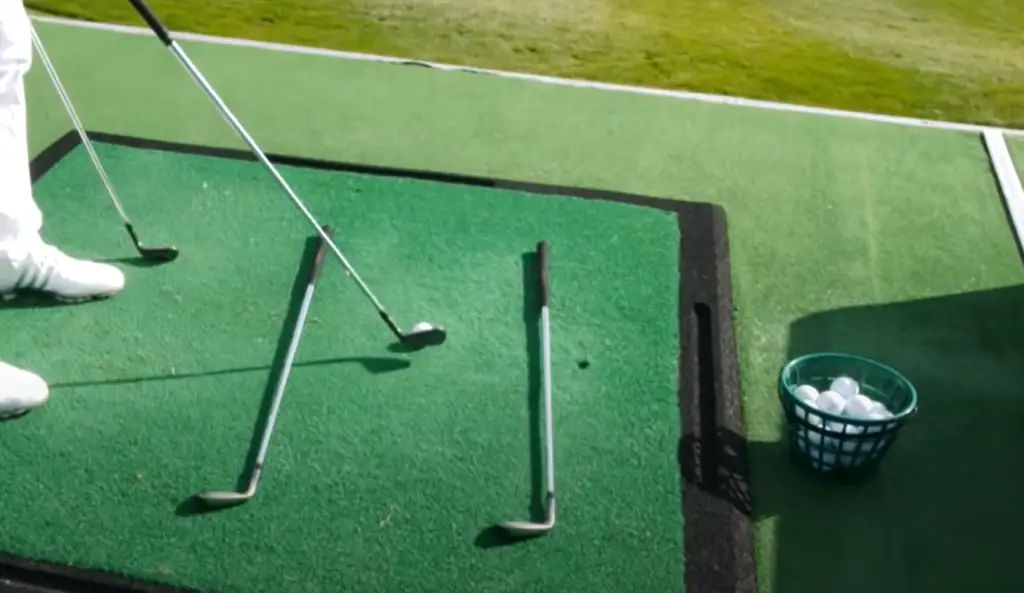
So, if you’re trying to figure out whether a draw or fade is better for distance, the best thing to do is experiment with both and see which one works better for you.
When should you hit a fade?
There are a few different scenarios in which hitting a fade can be beneficial.
First, if you’re trying to avoid hazards that are located on the right side of the hole, a fade will help keep your ball from veering off into those dangers.
Second, fades can also be helpful when you need to shape your shot around objects that are blocking the direct path to the hole. By drawing the ball slightly to the left, you’ll create more space to work with and make it easier to get your ball close to the flagstick.
Finally, fades can be useful when hitting approach shots into greens that slope from back-to-front. By keeping your ball lower and letting it release towards the hole, you’ll be able to take advantage of the green’s contours and stop your ball close to where it lands.
Why do golfers prefer a draw?
There are a few reasons golfers may prefer a draw. For one, it can be easier to control than a fade. Draws also have a tendency to fly straighter and longer than fades, making them ideal for players who want to maximize their distance. Additionally, draws tend to land softer than fades, which can be helpful on approach shots into greens.
Of course, every player is different, and there are plenty of golfers who succeed with a fade. Ultimately, it comes down to personal preference and what shot shape you feel most comfortable hitting.
What’s easier to hit a draw or fade?
There’s no easy answer to this question as it depends on a number of factors, such as your natural swing, club head speed, and the lie of the ball. However, generally speaking, a fade is easier to hit than a draw.
This is because a fade requires less precision than a draw. When hitting a fade, you don’t have to worry about curving the ball too much – it will naturally drift to the right (for right-handed golfers). With a draw, however, you need to be very precise with your shot in order to get the ball to curve from left to right.
How much further does a draw go than a fade?
The answer to this question isn’t as simple as you might think. It all depends on the player and how they hit the ball. Generally speaking, a draw will travel further than a fade because it has more backspin. This backspin creates lift, which in turn makes the ball fly higher and farther.
Of course, there are plenty of factors that can affect how far your ball will travel, such as wind speed and direction, club head speed, line angle, etc. So it’s impossible to say definitively that one shot type will always go further than another.
What we can say for sure is that if you want to hit your longest possible drives, you’re better off learning to hit a draw. But if you’re more interested in accuracy, then a fade might be the better choice for you.
Useful Video: You NEED to learn these golf shots!
Conclusion
Now that we’ve looked at the differences between fades and draws, it’s time to put them into practice on the golf course. Remember, a fade is a shot that starts to the left of your target and then curves back to the right. A draw is a shot that starts to the right of your target and then curves back to the left. Use these shots when you need to make corrections on your tee shot or when you’re trying to set up a better approach shot into the green. With a little practice, you’ll be hitting fades and draws like a pro in no time! Thanks for reading!
References:
- https://golfbit.com/fade-vs-draw
- https://golftips.golfweek.usatoday.com/difference-between-draw-fade-golf-20621.html
- https://www.foresightsports.com/blog/breaking-down-draw-fade-shots
- https://www.golfspan.com/draw-vs-fade

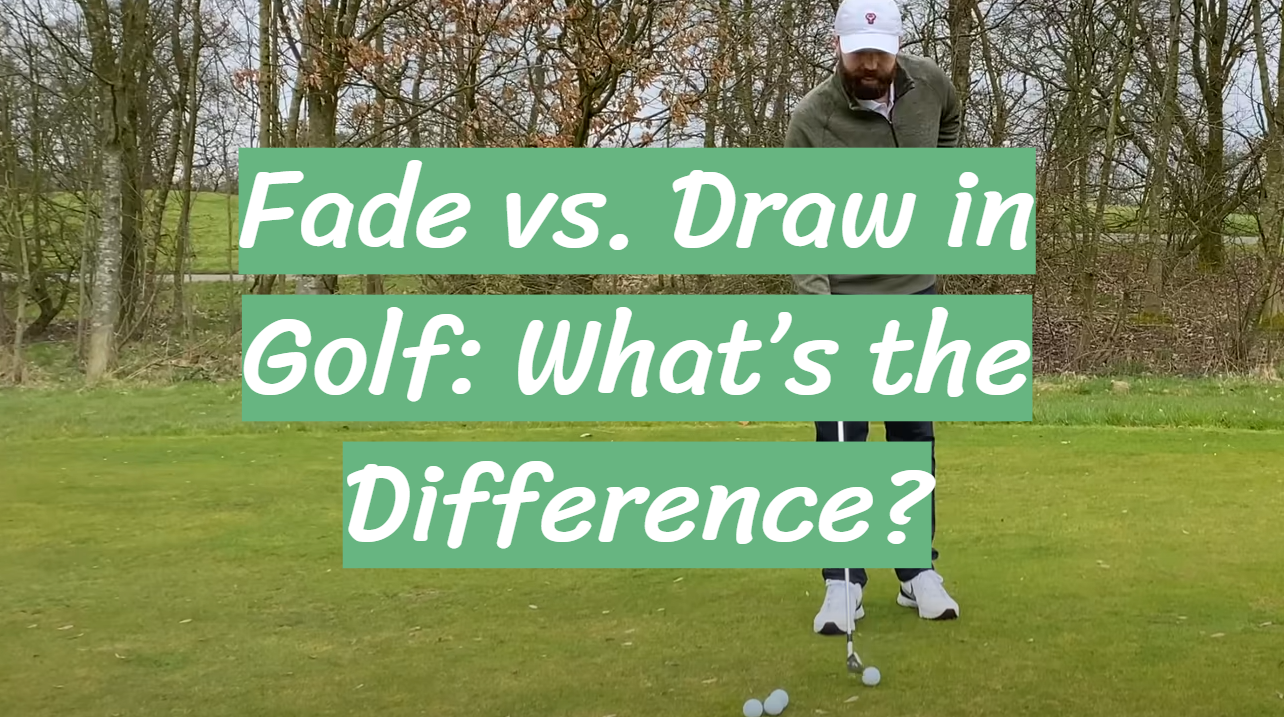


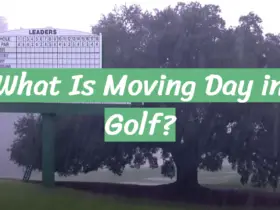
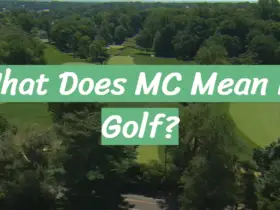

Leave a Reply